316 stainless steel checker plate tread plate
316 stainless steel checker plate tread plate
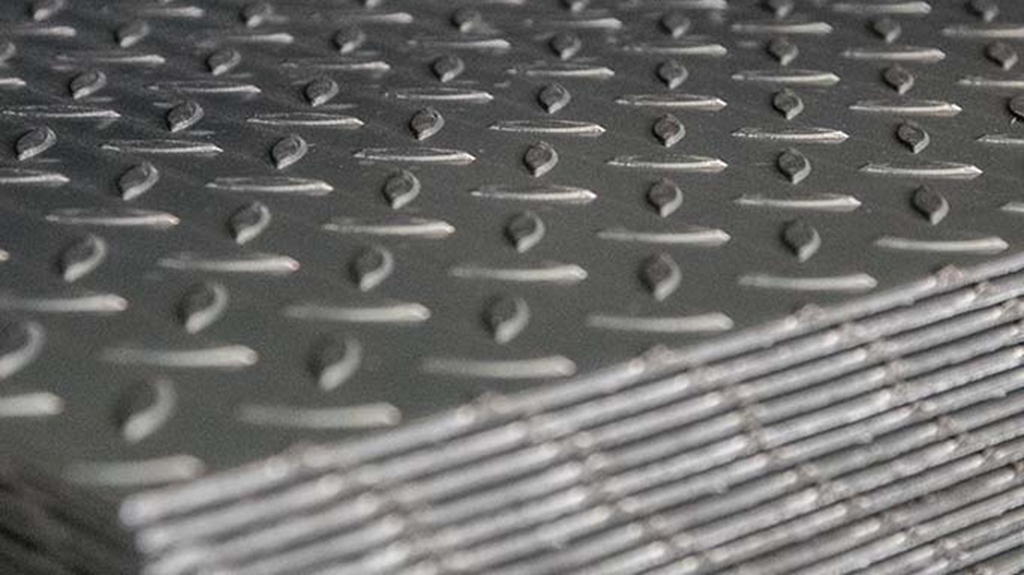
The diamond plate is a product with raised patterns or textures on one side and a smooth reverse side. Or you can also call it a tread plate or a checker plate, the diamond pattern on the metal board can be changed, the height of the raised area can also be changed, all can be adjusted according to the customer's requirements.
The most common application of diamond plates is metal stairs. The protrusions on the surface of diamond plate will increase the friction between people's shoes and boards, which can provide greater traction and effectively reduce the chance of people slipping on the stairs.
Features
1. Good anti-slip performance: The surface of the anti-slip pattern plate has a special pattern design, which can increase friction and improve anti-slip performance, which can effectively reduce the risk of people or objects slipping.
2. Strong wear resistance: The non-slip tread plate is made of high-strength material, which has good wear resistance and corrosion resistance, and can be used for a long time in harsh environments.
3. Easy to install: The non-slip checkered plate can be cut and spliced according to your needs. The installation is simple and convenient, and you can install it yourself without professional technicians. Of course, if you need installation guidance, we are also happy to help you.
4. Beautiful appearance: the surface of the non-slip checkered plate has a variety of colors and patterns to choose from, which can be coordinated with the surrounding environment and is beautiful and generous.
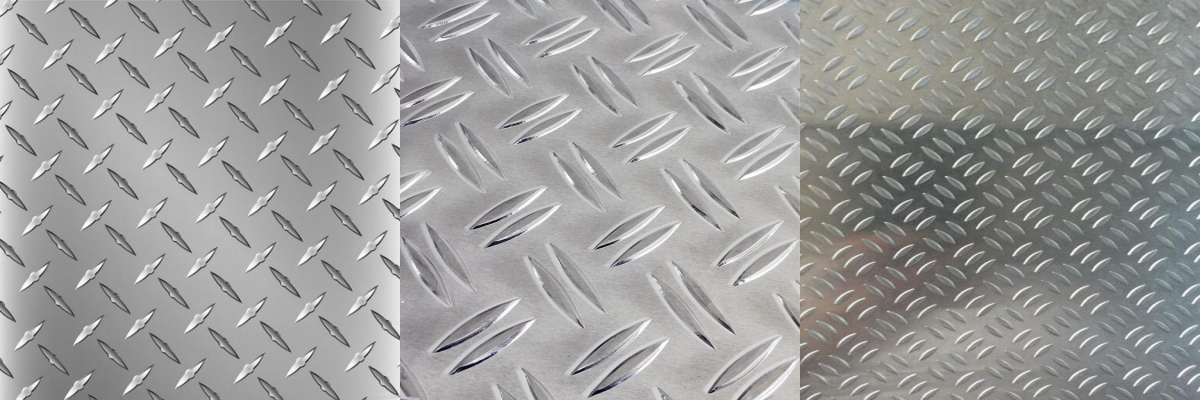
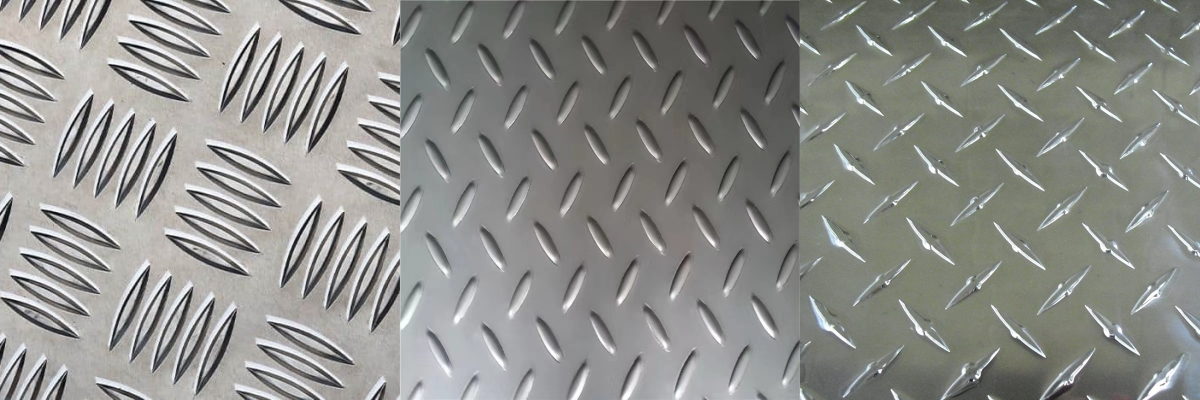
Product photos
Applicatin
The anti-skid diamond plate has a wide range of applications and can be used in various places such as industry, commerce, and residential areas.
Here are some common application scenarios:
1. Industrial places: factories, workshops, docks, airports and other places where anti-skid is required.
2. Commercial places: floors, stairs, ramps, etc. in shopping malls, supermarkets, hotels, hospitals, schools and other public places.
3. Residential areas: Residential areas, parks, swimming pools, gyms and other places that require anti-slip.
4. Means of transportation: the ground and deck of ships, airplanes, automobiles, trains and other means of transportation.
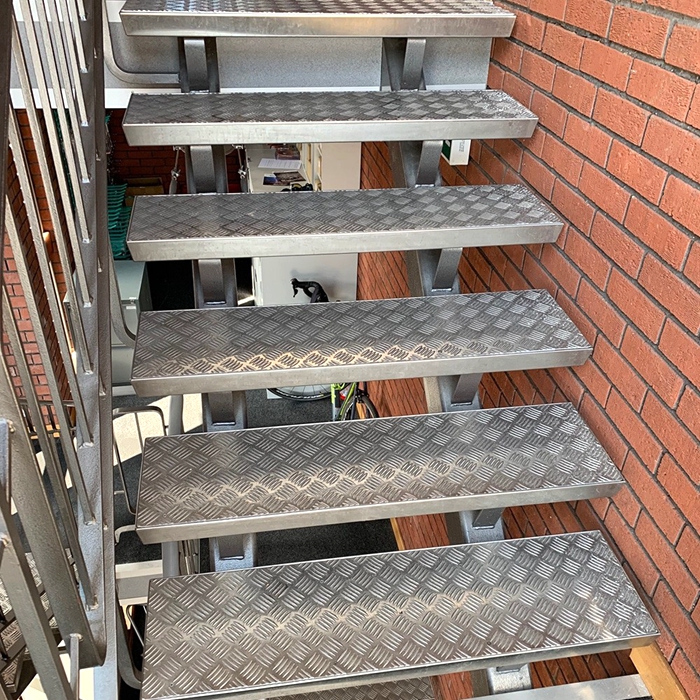
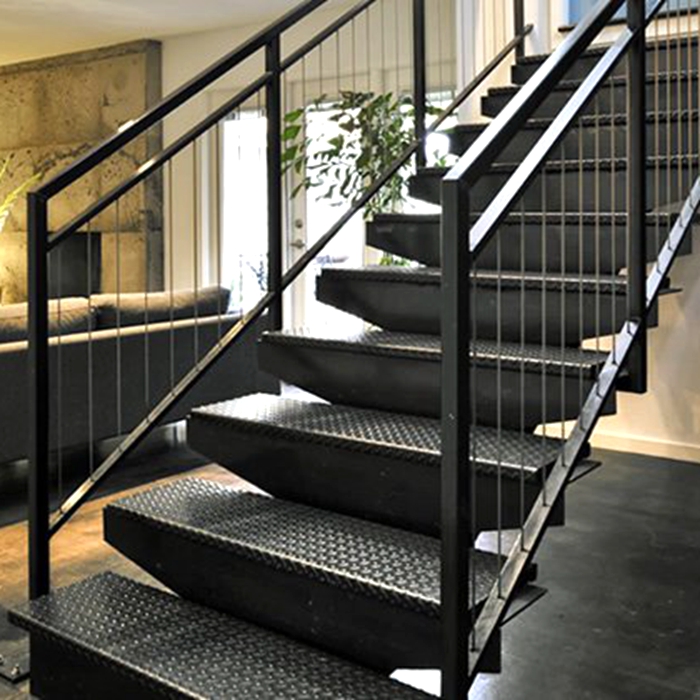
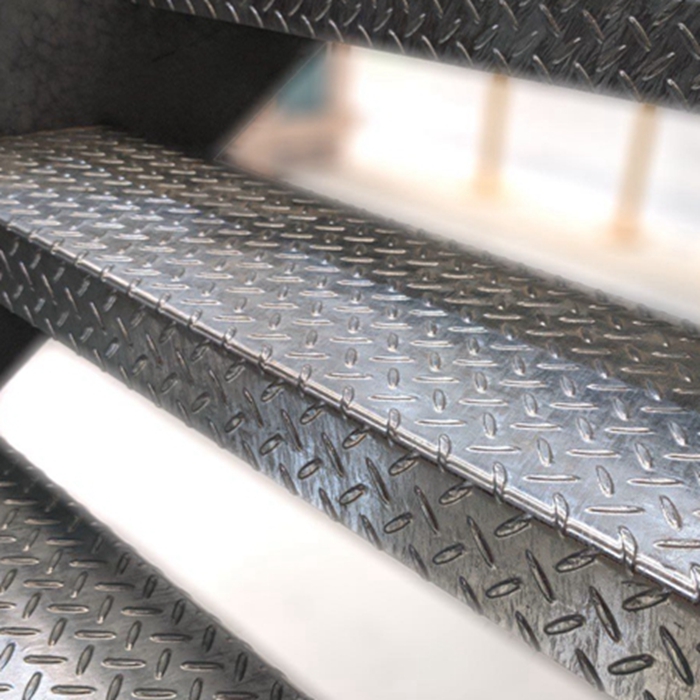
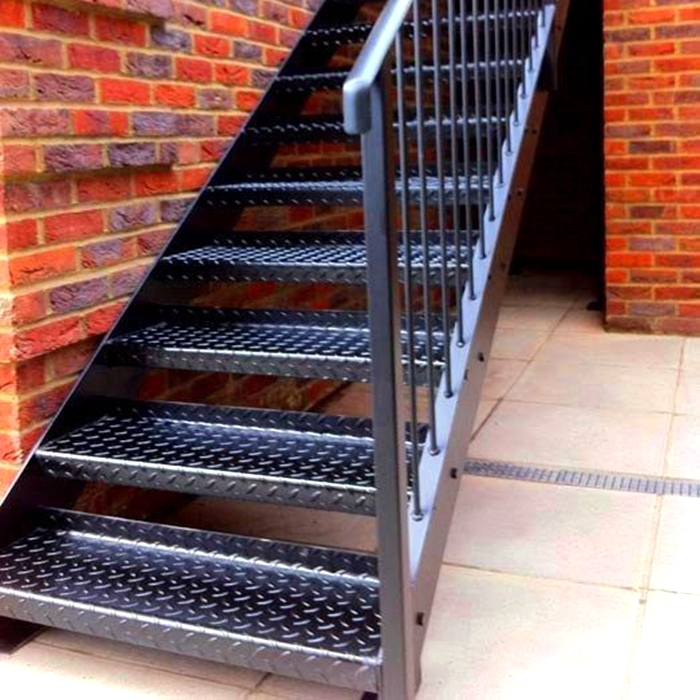
CONTACT










